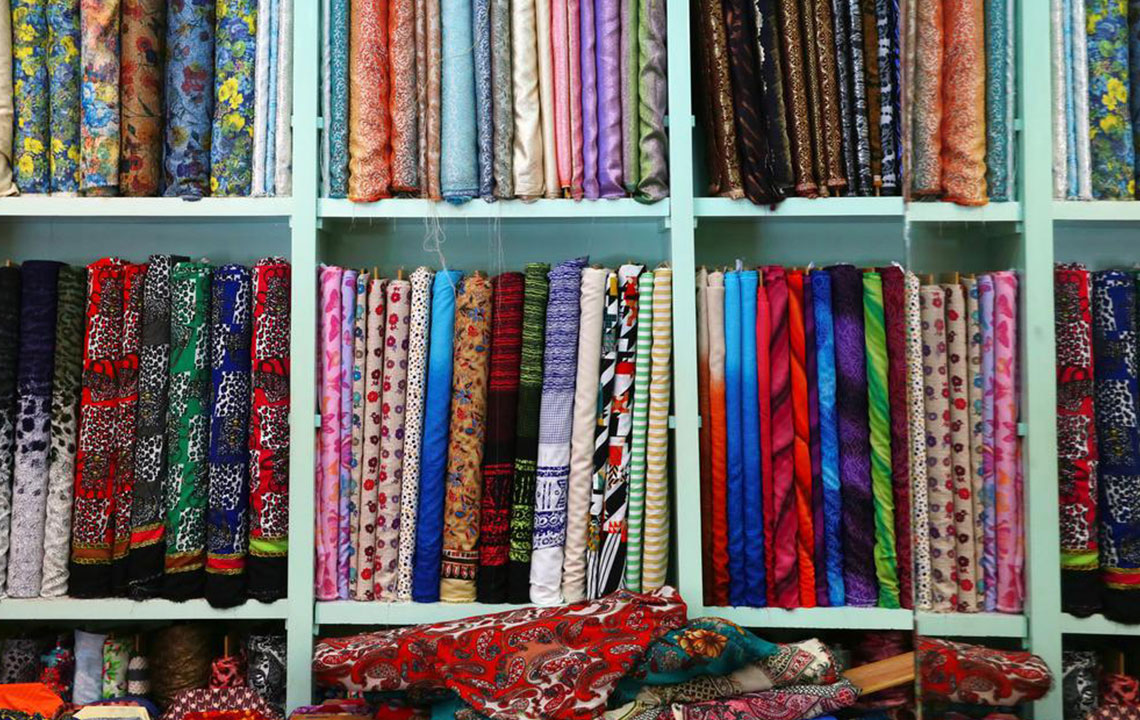Materials Used in Manufacturing Durable Work Jackets
Explore the key materials used in making durable work jackets, including cotton duck, denim, flannel, leather, and synthetics. Discover how these fabrics ensure safety, comfort, and longevity across different industries, highlighting their unique properties and popular applications. Perfect for workers in construction, farming, mechanics, and more, these materials combine functionality with resilience to meet rigorous demands.

Materials Commonly Used for Crafting Work Jackets
No matter the profession—construction, oil extraction, mechanics, farming, carpentry, or fishing—workers require reliable clothing and footwear that offer safety, fit well, and stand up to tough conditions. Brands like Carhartt, Walls, and Dickies are known for their durability, prioritizing function over fashion. Curious about what these work jackets are made of? Let’s explore the key materials used in their construction.
Cotton Duck
Cotton duck is a popular and sturdy woven fabric traditionally used in workwear, crafted from dense canvas.
The term "duck" originates from the Dutch word "doek," meaning canvas, historically used by sailors. Traditionally linen-based, modern duck fabric is made from cotton, offering excellent wind resistance and a smooth finish. Although initially stiff, it becomes more comfortable over time. Typical colors include tan, khaki, and earth tones like brown and green.
Denim
Recognizable by its diagonal weave, denim is less durable than cotton duck but remains a popular choice for workwear, in addition to casual clothing such as jeans.
Flannel
Flannel, made from 100% cotton, is a lightweight to medium-weight woven fabric with a soft, brushed surface. It’s ideal for cold environments, commonly used for shirts, bedding, and sleepwear. Flannel-lined jeans are especially popular in autumn and winter seasons.
Leather
Leather, derived from tanned animal hides, offers exceptional wind resistance. Cowhide is particularly valued for durability and used in jackets, boots, gloves, and belts, making it a premium choice for tough working conditions.
Synthetic Fabrics
Modern workwear frequently incorporates synthetics such as nylon and polyester, thanks to technological advances. Brands like Carhartt use high-quality nylon that blocks wind and water while maintaining strength.
By blending these materials, manufacturers create work jackets that are highly durable and effective, tailored to meet the demands of various industries.









